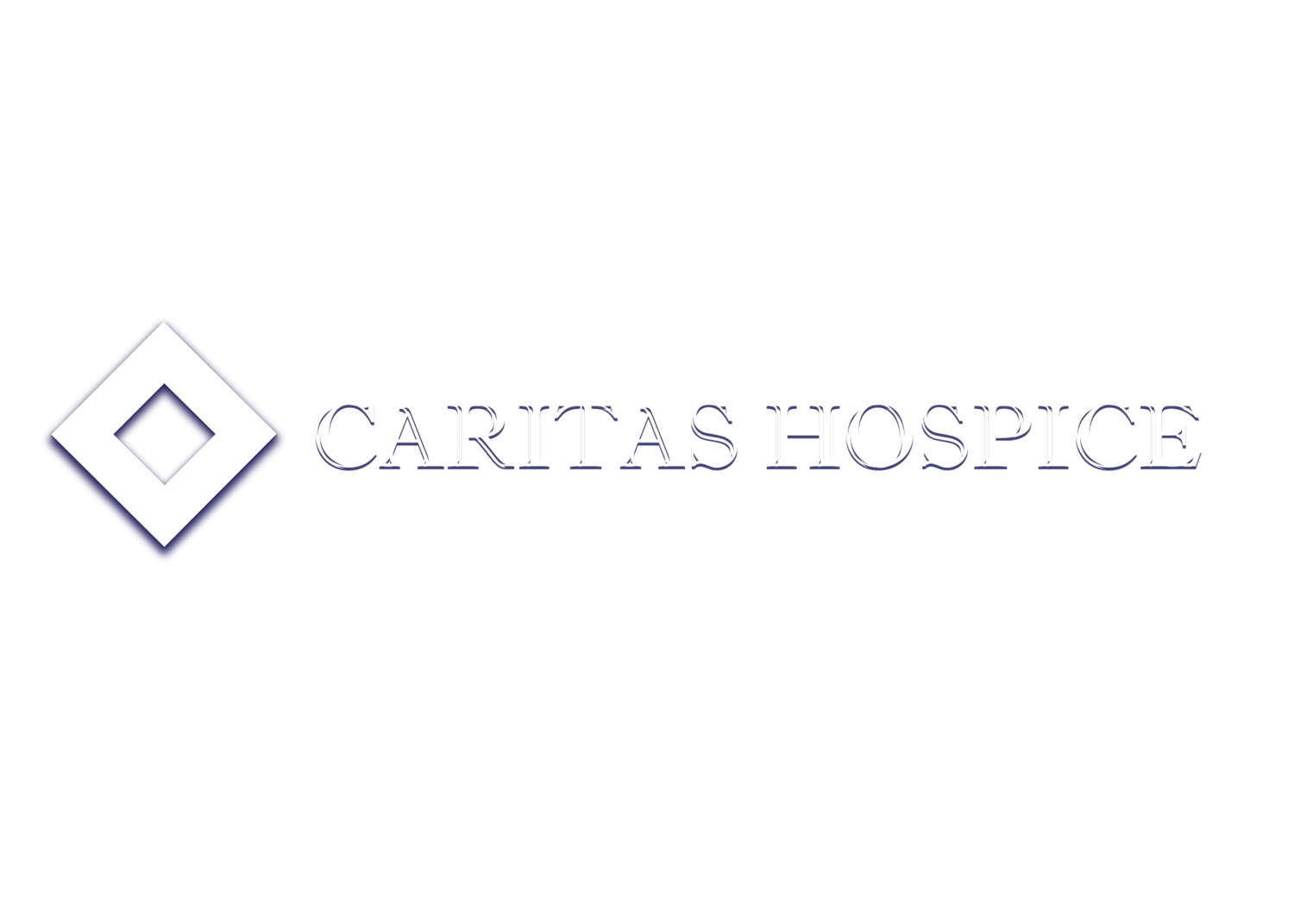
Frequently asked questions.
What is hospice?
-
What is hospice care?
Hospice is a philosophy of care. It treats the person rather than the disease and focuses on quality of life. It surrounds the patient and family with a team consisting of professionals who not only address physical distress but emotional and spiritual issues as well.
-
Who pays for hospice care?
If the patient has Medicare and meets hospice eligibility requirements, then the government will pay as much as 100% of the cost. In such a case, there is no deductible and no copayment. Hospice is 100% covered by Medicare, Medicaid, and most private insurances.
-
Is hospice a place?
Hospice is not a place – it’s a service. Hospice brings physical, emotional, and spiritual care and support to wherever our patients live.
-
Hospice is where you go to die.
We get this question often. It is a misconception that when you come to our service life is ending. Hospice is medical care toward the goal of comfort and dignity. It is, in fact, the “something more” for someone who has been told nothing more can be done for them.
-
You can’t keep your own doctor.
Your family doctor or specialist is encouraged to remain engaged in your care. Our Hospice Physician works closely with your doctor – who knows you better than anyone else – to determine the specific medical needs that will be addressed in your unique plan of care.
-
Once you choose hospice there’s no turning back
A person may sign out of the hospice program for a variety of reasons, such as resuming aggressive curative treatment or pursuing experimental measures.
-
Hospice is giving up
Patients with certain illnesses actually live somewhat longer with hospice care than those with the same illness who don’t choose hospice care. Having better care, and staying in the place you call home, will make for a better experience and less like the person is “giving up”.
-
When is it time for hospice?
Frequent visits to the ER or hospital admissions, a decline in their ability to perform activities of daily living eating, getting dressed, walking, or using the bathroom. Progressive weight loss, changes to their mental abilities, or a significant increase in falls.
-
Hospice is only for cancer patients.
When hospice began in the U.S. in the mid-1970s, most hospice patients had cancer. Today, while many hospice patients have cancer, the majority have other life-limiting illnesses such as end-stage heart, lung or kidney disease, or Alzheimer’s and other dementias.
-
Where can Caritas services be provided?
Services can be provided in the individual’s home, long-term care or assisted living facility, skilled nursing facility, or any other appropriate setting.
CREDIT: Dispelling Hospice Myths was written by the Hospice Foundation of America, a nonprofit organization.

